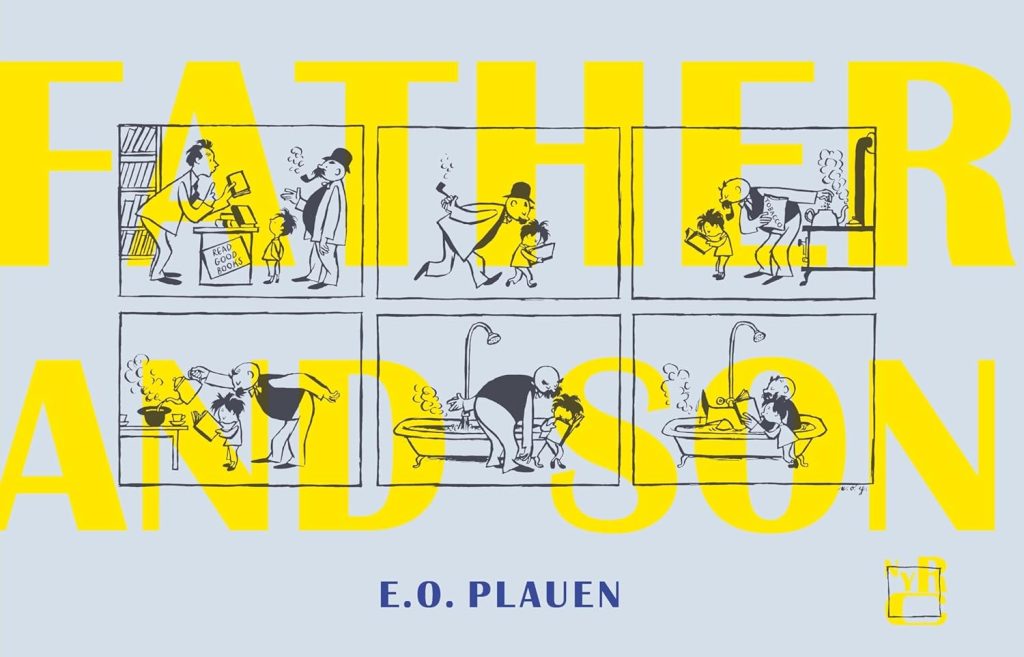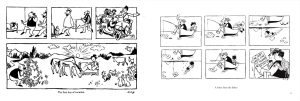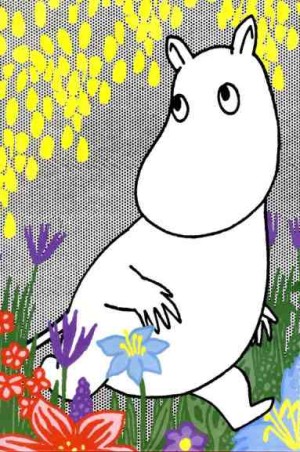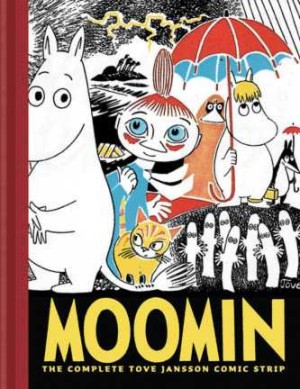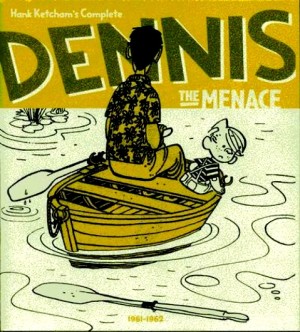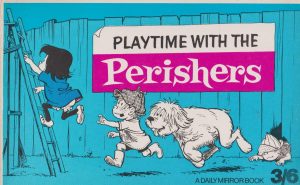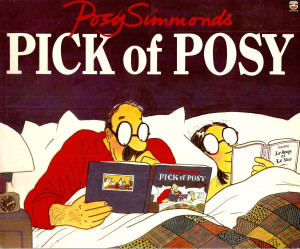Review by Woodrow Phoenix
Father and Son (Vater und Sohn) is a wordless comic strip, created in Germany in 1934 for the Berliner Illustrirte Zeitung (Berlin Illustrated Newspaper) by cartoonist Erich Ohser. Formerly a political cartoonist, Ohser’s cartoons savaging the rising National Socialists led to him being blacklisted by the Nazi regime when they took power in 1933. To avoid their attention he was forced to adopt the pseudonym E.O. Plauen. The initials came from his name, and the ‘Plauen’ surname was taken from the town he was born in. It enabled him to continue working, but only on material that had no political content.
The funny, engaging black and white line drawings of Plauen’s weekly strip depicted the loving, silly, challenging and sometimes bittersweet relationship between a portly, bow-tie-wearing father with a distinctive walrus moustache and his pre-teen, restless and endlessly curious young son. Part observational comedy, part fantasy, in situations that range from mild satire in caricatured social settings, through slapstick and pure farce to daydreams and total escapism, the two explore the world around them looking for ways to have fun together despite the strict rules governing their daily lives. Over the three years of its run from 1934 to 1937 the strip became enormously popular, attracting millions of readers and is still one of the most highly regarded comic strips ever published in Germany. There are statues of the pair in the town centre of Plauen today, and Ohser is celebrated in a museum dedicated to his work.
This hardcover edition reprints all 157 episodes of Father and Son in a landscape format, mostly one six-panel strip to a page but often stretching across a spread as Ohser varied his layouts. Some strips are four or five panels, occasionally nine if his storytelling required it. There are no speech balloons or captions, but the jokes often come via lettering on signage, book covers, newspapers, packaging and many other kinds of props. These have all been translated into English, and relettered in a sympathetic style by Jeremy Sorese. The care and attention to detail that has gone into producing this volume makes it a pleasure to handle. There are various collections of this strip available in other languages, but this NYRC edition is the best existing presentation. An informative biographical afterword by Elke Schulze completes this beautifully classy book.
Anarchic, ridiculous and sometimes keenly critical of human behaviour, these strips skate right up to the edge of sentimentality but through Ohser’s great skill as a designer and a subtle caricaturist, they never become corny. In fact they can pull quite an amount of genuine emotion out of you in six panels. By the end of the book the pair will have completely endeared themselves to you. The final page of them saying goodbye in a beautiful sequence playing on the relationship between ink, paper and readers is likely to twang you right in the heartstrings.
